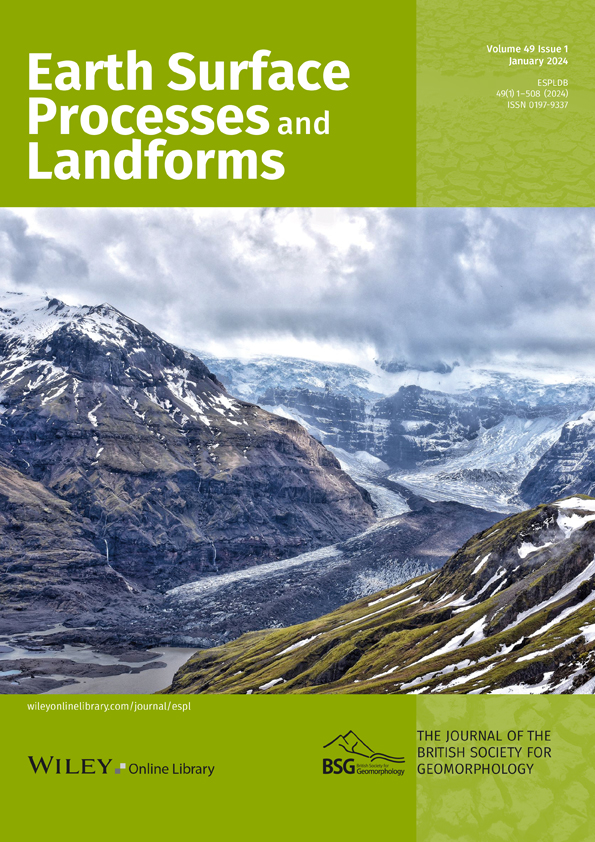Editorial 2024: Large language models, artificial intelligence and geomorphology
Abstract
Large language models (LLMs), such as ChatGPT, have seen an explosion of interest over the last 12 months. It is hard to see an area of education and research where we are not having to face the challenge they pose, a form of artificial intelligence (AI) that is capable of generating text in response to relatively minimum prompting. The text generated can be surprisingly convincing. We now have definitive evidence of work being submitted to Earth Surface Processes and Landforms (ESPL) that has made use of LLMs. As a result, the Editorial Board has recently developed its policy on the use of LLMs in authoring, reviewing and editing papers. In developing our policy, we have taken note that through the journal's publisher Wiley, we are a signatory to the Committee on Publication Ethics (COPE, https://publicationethics.org/). COPE provides us with a framework within which our policy sits, one that given the speed with which LLMs are developing means that it will not be definitive and will surely need to be revisited over the not-too-distant future. This extended editorial explains our policy, specifies guidelines for authors, reviewers and editors and also reflects more generally on the positive opportunities and challenges that emerging forms of AI pose to our community and our stated goal of publishing research in geomorphology that is of the highest quality.




